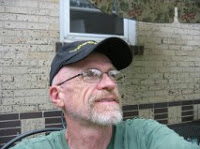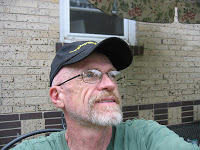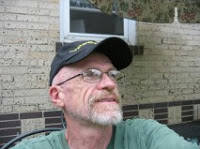2106) a pioneer and chronicler of gay men’s lives with particular focus on the
phenomenon of gay male spirituality, defined and given direction in part by the
Radical Fairie movement, died this past week on the 11th of August.
Mark was 63 and just a few days short of his birthday with plans to celebrate
with friends in Palm Springs. Mark’s contributions to the Queer Revolution are
legion and extensive. He was preceded in
death by his long time partner Malcolm Boyd, the well-known gay activist and
Episcopal priest who died in February of last year (2015).
insights and talents: http://www.markthompsongayspirit.com/author.html
a couple of times dating back to that first Spiritual Conference for Radical
Fairies in the Arizona desert. At that time Mark worked for the Advocate, a publication he was associated
with for over 20 years culminating in 1994 with his editing Long Road to Freedom: The Advocate History
of the Gay and Lesbian Movement (St. Martin’s Press).
spirituality:
(Harper San Francisco-1994)
Martin’s Press-1997)
reinforcing work for me coming at the darkest time in the AIDS nightmare in my
own life both professionally and personally. It was a time when in my darkest
moments I was questioning the whole gay liberation movement and wondering what
had we wrought here. These bouts of anguished questioning occurring most often
late at night usually resolved themselves by morning with the returning sun but
twinges did often linger. It was truly juice for my “soul” to read Mark’s
conversations with 16 prominent gay men several of whom I had gotten to know.
there any atheists working in AIDS Clinics in the 1980-90’s?) in 1994 as I do
now I definitely found succor in these great gay mentors discussing Gay Soul. As I have re-perused some of
Mark’s writings from Gay Soul in the
past few days they remain soothing in spite of my own current skeptical views
on many things spiritual. I find that Judy Grahn’s words from the back jacket
of Gay Soul taken from her review of
the book in the Advocate still resonate strongly for me: “What Thompson has given gay men in Gay Soul is an outpouring of
much-needed love-from new kinds of “fathers”.
introduction to Gay Soul:
feel: my appetites and my ambitions, sadness and joy. It is the place where
inspiration germinates and from which vitality grows. It is also the place of
perplexity and unfathomable fear. Above all, I sense that my soul is the inner
arena in which life’s combustible opposites collide, creating dissonance and
upheaval as well as new harmony and stasis. Somewhere in this great container
of ceaseless death and rebirth lies, too, the mystery of my being gay.”
Los Angeles. Vernal Equinox, 1994.
by Holy Cross nuns. The bulk of my adult life, some 40 plus years, was spent in
Denver, Colorado as a nurse, gardener and gay/AIDS activist. I have currently returned to Denver after an
extended sabbatical in San Francisco, California.


